Agriculture is still one of the most dangerous sectors globally, causing severe injuries and illnesses. Because of disparities in different agriculture traditions, the way these issues are approached and supported varies dramatically depending on the geographical location. Understanding the determinants of safety culture is therefore key to enable well-informed initiatives to improve health, safety and risk-management in agriculture.
Introducing SACURIMA
Harnessing the COST bottom-up approach, the Action ‘Safety Culture and Risk Management in Agriculture’ (SACURIMA), has been working to address these issues over the past four years. Ended recently (March 2021), this network produced benchmarked and evidence-based recommendations at the EU-level to inform and guide national initiatives and efforts.

From identifying vulnerable population to successful policy-engagement, SACURIMA enabled a big leap in the field of agriculture safety in Europe. Three researchers involved in this Action, Prof Risto Rautiainen (Chair of SACURIMA, Luke – Finland), Mr Pat Griffin (SACURIMA Communications Manager, Health and Safety Authority – Ireland) and Dr Jarkko Leppälä (Scientific Representative of SACURIMA, Luke – Finland) have enlightened us about their activities’ developments and the outcomes of their collaborations.
Framing the serious risks of agriculture
With everyday consumers accessing food easily through supermarkets, one does not always realise at what costs (human, environmental, animal well-being…) these resources get produced. But the truth is, agriculture is one of the most hazardous industries in Europe, creating high rate of injuries and illnesses. In some areas of Europe, the life and health of farmers are at risk on a daily basis. Both accidents caused by machinery, tractors, or livestock, and health issues such as cardiovascular disease, cancer, and stress even leading to suicide, can occur in the farming industry. The level of danger in agriculture changes depending on the country as this is an industry where there’s lots of ‘handed-down’ experiences, creating a scattered landscape when it comes to identifying vulnerable workers.
Agriculture needs a better safety culture, but also a better management of various risks so that food resources and sustainability can be ensured. By setting-up an interdisciplinary network of researchers, COST Action SACURIMA analysed the reasons why some countries were more successful than others in reducing agricultural injuries.
“The initial vision and purpose of the COST Action was enriched at Management Committee levels, Working Group meetings, and farm visits in member countries that have very different working conditions and services that contribute to the health, safety, and wellbeing of agricultural workers.“
Prof Risto Rautiainen
As a new approach was needed for agricultural health and safety, SACURIMA looked at other industries and brought together researchers and professionals from diverse backgrounds, disciplines, and geographic regions.
“We attracted country members from all parts of Europe from North to South and from East to West. Such a topic needed collaboration and studies from different disciplines.”
Dr Jarkko Leppälä
As an important part of its network, SACURIMA also allocated strategic roles to early career researchers.
“I, myself, as an early career researcher, found the COST Action an excellent place to learn and find new networks, collaboration, and project skills, which prepared me for example for new Horizon Europe EU projects.“
Dr Jarkko Leppälä
The current strategies’ fragmentation to support the health, safety & wellbeing of farmers and agricultural workers provided the ground for the Action to direct its research activities around two main areas:
1. Identifying vulnerable populations
2. Policy recommendations
1. Vulnerable populations in agriculture
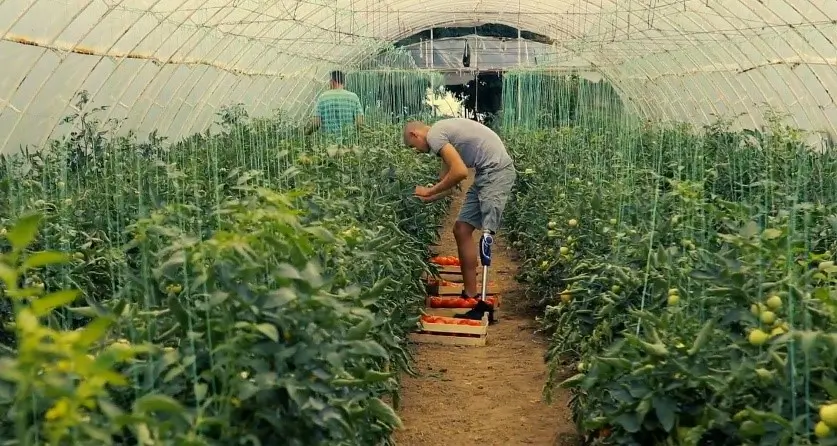
SACURIMA identified different groups of vulnerable populations in agriculture and made a detailed list including: the very young and the very old; new farmers and farmworkers; foreign, immigrants, seasonal, and migrant workers; and workers with traumatic injuries or disabilities.
Undertaking this categorisation has highlighted the complexity of the existing problems and how a targeted approach was needed to develop different solutions.
For example, the difficulties a foreign worker would face, such as language problems, would vary from the ones of a new farm worker would have to deal with, since he would be facing a greater risk of injuries at work. In some cases, mandatory training of employers and workers would be the solution while in other cases, voluntary advising of self-employed farmers on the importance of safety issues would help prevent potential injuries.
As part SACURIMA’s video materials, a specific one is dedicated to vulnerable workers, offering already a range of solutions to improve health and safety.
2. Feeding research into policy recommendations
The early recognition of the expertise of SACURIMA members contributed to informing policymakers about the need to support the health, safety & wellbeing of farmers and agricultural workers.
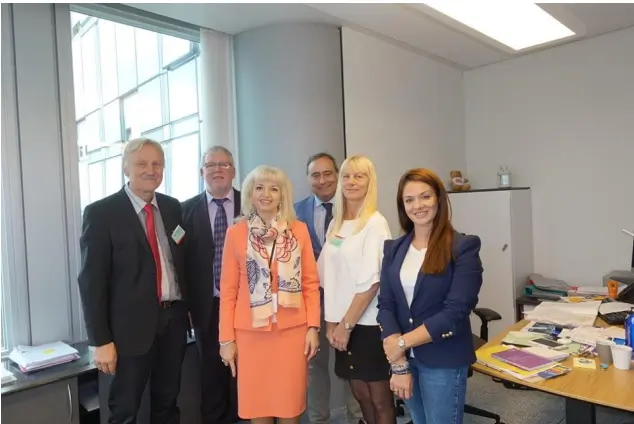

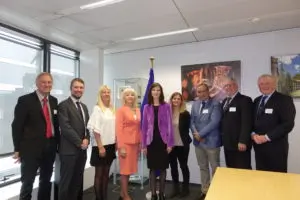
Based on empirical input from employer and employee organisations, SACURIMA developed five policy recommendations and arranged a series of high-level meetings with EU officials responsible for agricultural, education, and research policies. SACURIMA’s efforts reached till the EU Commissioner’s level.
The work performed by the multidisciplinary team under SACURIMA initiated a series of additional activities, leading to an effective ripple effect. For example, additional parallel research initiatives occurred including the European Agency for Safety and Health at Work (EU-OSHA)-funded study of future developments in agriculture influencing safety and health of workers, and the development of a new online interactive risk assessment (OiRA) workplace safety and health assessment online tool.
Thanks to these efforts, a new funding call was added to Horizon Europe addressing issues highlighted in SACURIMA’s policy recommendations.
Finally, SACURIMA’s work has also informed the European Commission’s Common Agriculture Policy (CAP), as the ‘Social Conditionality’ principle was integrated to help address the working conditions of vulnerable workers.
“While it is not possible to show a direct link between our activities and some major policy developments, we have confidence that participation of numerous SACURIMA members in all these activities have moved efforts forward in our area: research on better safety and health and risk management in agriculture.” explains Prof Rautiainen and Mr Griffin.
On a larger scope, tackling this issue can have implication in many other areas as agriculture is closely related to biodiversity, climate change and sustainability.
Pat Griffin says: “All agricultural work and practices have a consequence on the natural environment and our COST Action called on more focus and involvement to be placed on the individual farmer within the CAP reform. The farmers ability to make improvements not only in occupational health and safety but also in relation to sustainability, biodiversity, climate change, soil conditioning must be influenced by trainings, all of which will have a direct bearing on these environmental events.”
SACURIMA’s impactful activities have inspired others on a global scale. With participants and observers from many countries outside of Europe, there have been efforts to extend similar networking in America (North, Central and South) through presentations at meetings of the Agricultural Safety Health Council of America and the International Society of Safety and Health in Agriculture.
A sustainable network, to tackle sustainability issues at large
The recent humanitarian crises stemming from extreme weather events and military conflicts have highlighted how agricultural production and food security affects all aspects of human life. Climate change has already caused major changes to farm production in areas frequently affected by drought, floods and other extreme weather events. Likewise military conflicts have resulted in critical shortages of food, particularly in areas dependent on imported grain.
COST Action SACURIMA collected views and knowledge from different agricultural regions and systems, which have different risk management and safety culture traditions and needs. When asked about how to better prevent and address the consequences of these disasters, Dr Leppälä explains that: “Farm is a living entity, where success is based on right information and right activities at the right time and place. A farm risk map based on a holistic view on various farm risks can be used to develop preparedness on farms.“
Farming is dependent on basic bioeconomy elements in soil, air, water, plants, animals and human behaviour. Better training of farmers and workers is a valuable long-term investment for the agricultural enterprise, as well as for the workers themselves.
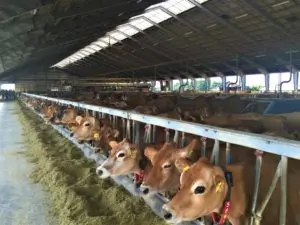

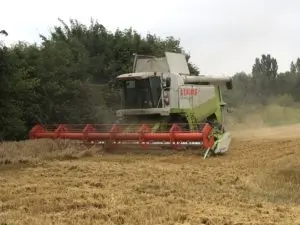
“In any case, one lesson is that if you have planned safety and risk management activities on your farm, you are better prepared to face risks and disasters than without risk management planning.“ he adds.
The work done around safety culture and risk management in agriculture by the SACURIMA’s team was presented to the new Horizon Europe programme leaders.
Next year the Safehabitus EU project is starting, involving several of SACURIMA’s team members.

